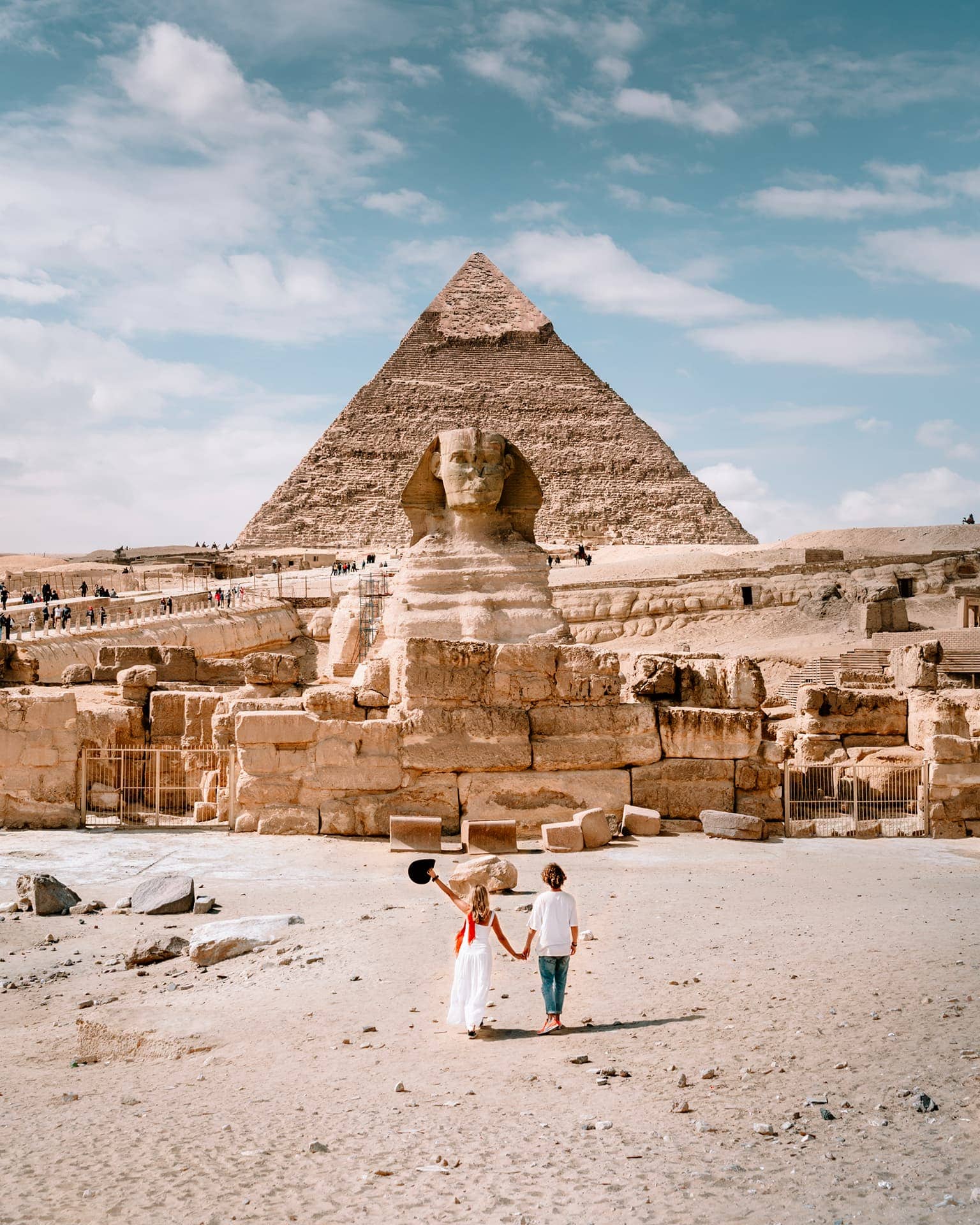Wadi El Natrun
-
Location and Geography:
- Wadi El Natrun is a depression in northern Egypt, located 23 meters below sea level and 38 meters below the Nile River level.
- It lies in the Nitrian Desert of the northwestern Nile Delta.
- The valley stretches for about 55 to 60 kilometers in length and has an average width of 10 kilometers.
- Despite being called a “wadi,” it is technically a closed depression with no source, estuary, or tributaries.
-
Historical Significance:
- In Christian literature, Wadi El Natrun is usually known as Scetis (Σκήτις in Hellenistic Greek) or Skete (plural Σκήτες in ecclesiastical Greek).
- It is one of the three early Christian monastic centers in the Nitrian Desert, the other two being Nitria and Kellia.
- Unlike Nitria and Kellia, Scetis (now called Wadi El Natrun) is best known today because its ancient monasteries remain in use.
-
Monasteries and Fossils:
- Wadi El Natrun is home to four active Coptic monasteries:
- Monastery of the Romans
- Anba Beshoy Monastery
- Monastery of the Syrians
- Monastery of St. Macarius
- The valley’s historical, cultural, and natural significance attracts tourists and researchers from around the world.
- It is also known for its large numbers of fossils of prehistoric animals.
- Wadi El Natrun is home to four active Coptic monasteries:
-
Access and Exploration:
- Wadi El Natrun is located 100 kilometers northwest of Cairo.
- It is accessible by car or through guided tours.
- The valley’s desert climate with hot summers and mild winters makes it ideal for exploring ancient monasteries and natural wonder
In summary, Wadi El Natrun stands as a unique and historically significant valley, where spirituality, culture, and natural beauty converge in the heart of Egypt’s Sahara desert. 🌿🇪🇬12.
 English
English











